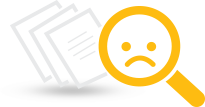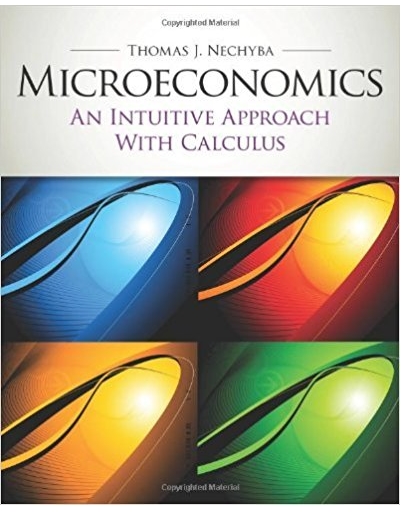We have shown that there are two ways in which we can think of the producer as
Question:
A: This exercise reviews this equivalence for the case where the production process initially has increasing marginal product of labor but eventually reaches decreasing marginal product. Assume such a production process throughout.
(a) Begin by plotting the production frontier with labor on the horizontal and output on the vertical axis. Identify in your graph the production plan A = (ℓA, xA) at which increasing returns turns to decreasing returns.
(b) Suppose wage is w = 1. Illustrate in your graph the price p0 at which the firm obtains zero profit by using a production plan B. Does this necessarily lie above or below A on the production frontier?
(c) Draw a second graph next to the one you have just drawn. With price on the vertical axis and output on the horizontal, illustrate the amount the firm produces at p0.
(d) Suppose price rises above p0. What changes on your graph with the production frontier — and how does that translate to points on the supply curve in your second graph?
(e) What if price falls below p0?
(f) Illustrate the cost curve on a graph below your production frontier graph. What is similar about the two graphs — and what is different — around the point that corresponds to production plan A.?
(g) Next to your cost curve graph, illustrate the marginal and average cost curves. Which of these reaches its lowest point at the output quantity xA? Which reaches its lowest point at xB?
(h) Illustrate the supply curve on your graph and compare it to the one you derived in parts (c) and (d).
B: Suppose that you face a production technology characterized by the function x = f (ℓ) = α/ (1+ e− (ℓ−β)).
(a) Assuming labor ℓ costs w and the output x can be sold at p, set up the profit maximization problem.
(b) Derive the first order condition for this problem.
(c) Substitute y = e− (ℓ−β) into your first order condition and, using the quadratic formula, solve for y. Then, recognizing that y = e− (ℓ−β) implies ln y = −(ℓ−β), solve for the two implied labor inputs and identify which one is profit maximizing (assuming that an interior production plan is optimal).
Fantastic news! We've Found the answer you've been seeking!
Step by Step Answer:
Related Book For 

Microeconomics An Intuitive Approach with Calculus
ISBN: 978-0538453257
1st edition
Authors: Thomas Nechyba
Question Posted:





